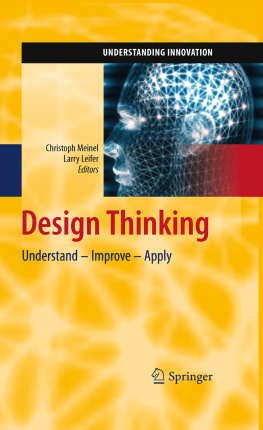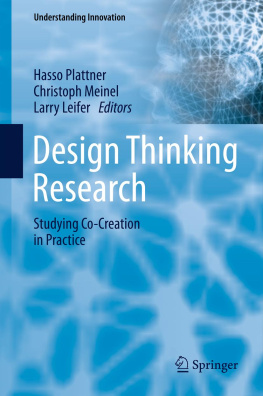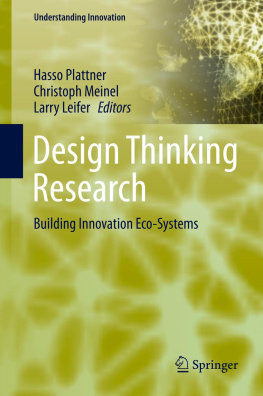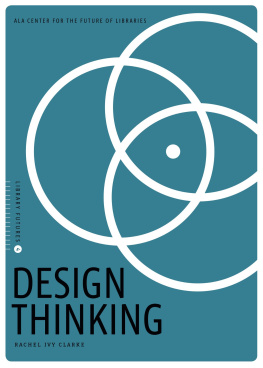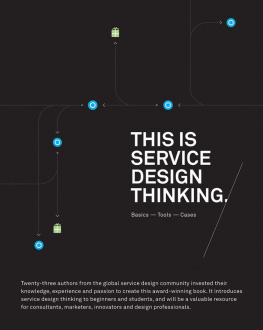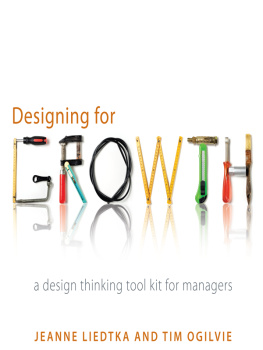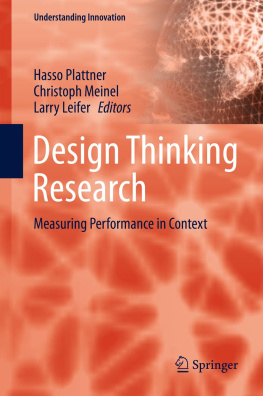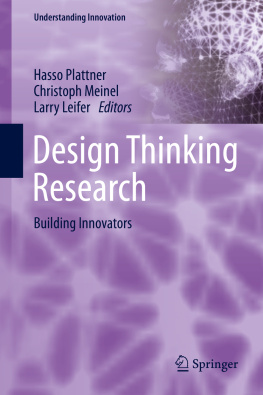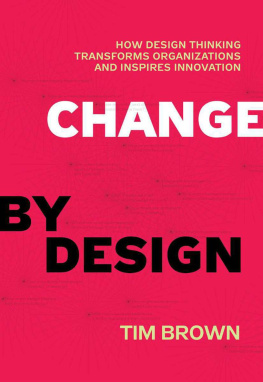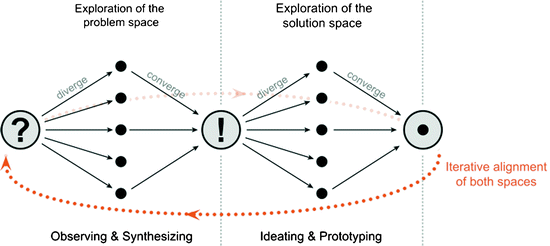Introduction: On Problem Solving in Design and Science
Most outsiders see design as an applied art, as having to do with aesthetics, unlike a solid profession unto itself, with technical knowledge, skills, and responsibilities to rely on. Insiders to design, by contrast, talk of innovative ideas, coordinating the concerns of many disciplines, being advocates for users, and trying to balance social, political, cultural, and ecological considerations.
Klaus Krippendorf (2006, 47)
It seems to be the nature of design that it is not always easy to understand what this term actually means. As the initial quotation exposes, people in design themselves have not only a broader view on their discipline, they also see themselves in a different role than outsiders do: not merely in the position of dealing with aesthetical aspects of forms and products, but of taking on a general role of coordinating disciplines, stakeholders, and the manifold environmental matters within product development processes. The following argumentation reduces this point to central differences in problem solving in design as well as in science and technology.
Comparing problems tackled in well-established sciences as astronomy, quantum mechanics, or computer science with those in design, it seems obvious that design problems are closer to the everyday life. What does a backache reducing office chair look like? What form should a computer interface have to be accessible for elderly people? What do we have to do to avoid injuries through battery acid in developing countries? The motivation to find answers to those questions is not to gain scientific knowledge or to discover new technical possibilities (even if design clearly takes advantage of both). Rather, it is the need to create ideas and find solutions (products, services, systems), which are as viable as possible for certain groups of users. By that, design intends to offer a very concrete solution to a complex problem that is socially highly ambiguous and hence neither easy nor certain to comprehend. Design problems thus using a term by Horst Rittel are close to wicked problems , blurred in character and not definitely definable (Rittel ).
People in design have developed problem solving skills that allow them to deal with such kind of problems successfully. This however calls for a dissimilar mode of thinking than taught in the curricula of the established sciences. Solving wicked problems does not acquire the analytical inductive/deductive scheme pursued in science that follows an epistemological logic to achieve knowledge about scientific truth, since designers only strive for enhanced viability and novelty of products (Dewey , 83f).
It becomes obvious that design unavoidably has to take on a coordinating role within this context of multiple stakes, because they have to rely on the knowledge of others as long as they want to approach general viability of solutions. To do so, there emerged professional learning strategies in design: cognitive patterns to grasp multiple knowledge and multiple perspectives of others for the purpose of synthesizing and creatively transforming the knowledge to new service or product concepts. In contrast to analytical thinking in science, we call those strategies design thinking (Brown ).
To understand how those strategies work, it is useful to work with two fundamental pairs of terms: the problem and solution space on the one hand, and diverging/converging thinking on the other hand.
The distinction between the problem and solution space elucidates the dualistic approach of design thinking.).
Exploring the problem space : When exploring a problem space, design thinking acquires an intuitive (not fully verbalized) understanding, mainly by observing exemplary use cases or scenarios, as opposed to formulating general hypotheses or theories regarding the problem; and synthesise this knowledge to point of views.
Exploring the solution space : Design thinking asks for a great number of alternative ideas in parallel and elaborates them with sketching and prototyping techniques. In this manner, ideas are being consciously transformed into tangible representatives.
Iterative alignment of both spaces : These representatives of ideas and concepts facilitate communication not only in the design team, but with users, clients and experts as well. Thus, design thinking helps to keep in touch with the problem-relevant environment and can use this information for refining and revising the chosen solution path(s).
Fig. 1
Problem and solution space in design thinking
Accordingly, design thinking engenders a system of checks and balances to ensure that the conclusive solution will be both innovative and suitable for the social system that the design problem addresses.
Understanding the Problem: Overcoming the Dilemma of Analytical Thinking in IT Development by Design Thinking?
As outlined in the preceding section, there are crucial differences concerning the quality how problems are characterized and approached in design and in science. The paradigms of problem solving in science originated in epistemology, the studies of finding out what is true or not, and led to a strong focus on analytical thinking. The paradigms of problem solving in design though originate in finding out what novel solution fits best in a social or technical system. The discussion about how to bring both paradigms together is particularly valuable in areas with a strong tradition in analytical thinking but which are nevertheless related to design responsibilities.
In our research project Collaborative Creativity of the Development Processes in the IT Industry , we explore the capabilities of design thinking to broaden the problem understanding and problem solving capabilities in IT development processes. We pursue in particular the question in which cases the application of design thinking to IT development is valuable (or not) and what the individual and organizational implications for teams and organizations are. Hereby, we draw upon an in-depth case study research with international IT companies. In our first year, we conducted 36 qualitative guideline interviews with IT experts on the one hand and design thinking experts on the other who were involved in design thinking-based IT projects both in the United States and in Germany.

